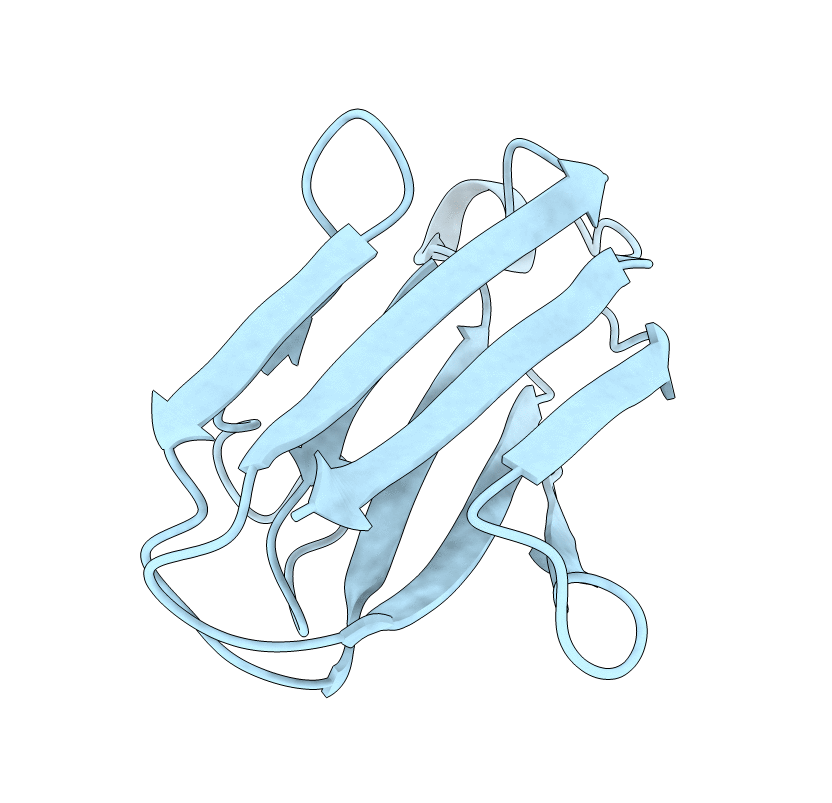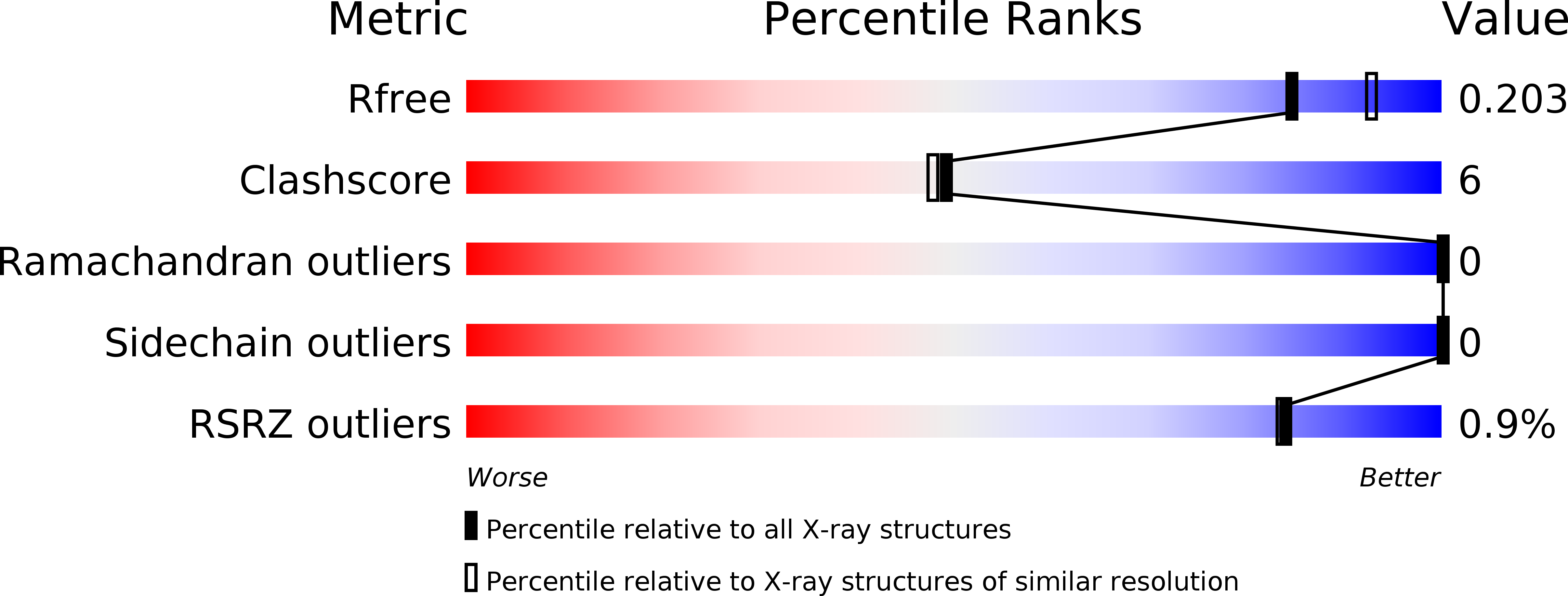
Deposition Date
2012-03-01
Release Date
2012-06-13
Last Version Date
2025-03-26
Entry Detail
PDB ID:
4DZG
Keywords:
Title:
Crystal structure of Aeromonas hydrophila PliG, a periplasmic lysozyme inhibitor of g-type lysozyme
Biological Source:
Source Organism:
Aeromonas hydrophila subsp. hydrophila (Taxon ID: 380703)
Host Organism:
Method Details:
Experimental Method:
Resolution:
2.02 Å
R-Value Free:
0.20
R-Value Work:
0.18
R-Value Observed:
0.18
Space Group:
P 32 2 1


